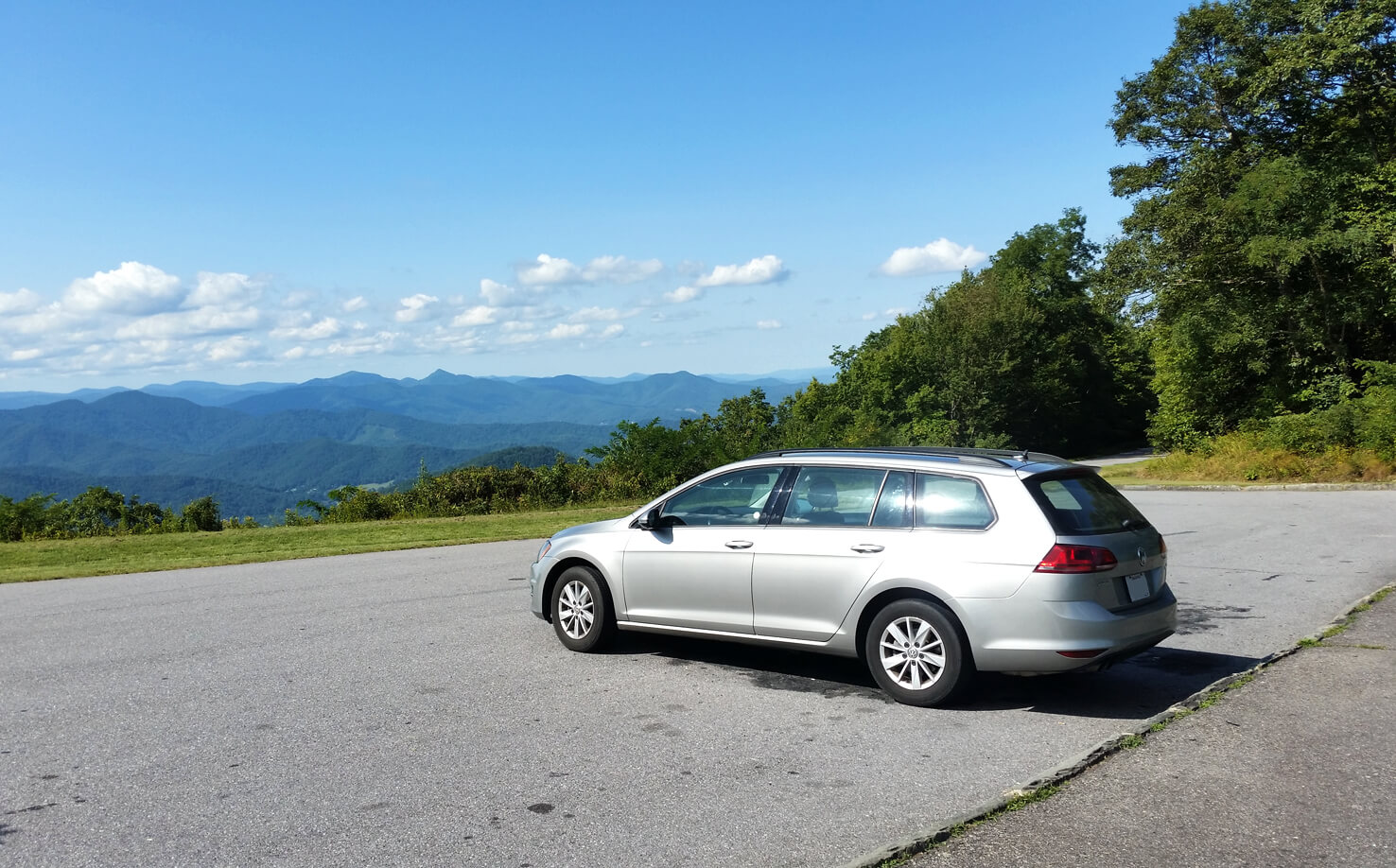Sometimes a car is worth gold while travelling, and sometimes it’s just not worth it. In this post, we’ve compiled 14 tips and tricks for renting a car on vacation.
Beforehand
1. Is a Car Really Necessary?
Or are there better ways to travel by train / bus or by plane? In some places it’s not practical to hire a car. Whether it’s because of bad road conditions (as in the south of Cuba), a very well-developed bus network or a very high price – research in advance whether it makes sense to rent a car or whether you can travel cheaper, faster or safer by other means.
2. What Kind of Car Do I Need?
Do I need an all-wheel drive (like in Iceland, if you want to use the F-roads), do I want to sleep in the car or do I need a comfortable, better equipped car because I drive long distances?
You should know the answers to these questions before renting. If you are traveling with a small car at home, you might have trouble u-turning and parking in the city with a large off-road vehicle.
3. Price
Think well, which extras and which car you want to have and how much money you’re willing to pay. Set your limits, book everything in advance and don’t make snap decisions on site. The more expensive coupé looks rad, but if it doesn’t fit into your budget, don’t change your mind at the very last minute.
The same applies to insurances. Consider what you need and whether you are well covered. Then you won’t care that the gentleman at the counter strongly recommends extra roadside assistance.
4. Drivers
Are you going alone? In twos? How many drivers do you need?
In some countries a higher rental price is charged if the driver is under 25 years of age. In other countries the car can only be rented when the designated driver is over 21 years old. Learn if there is an age restriction and if there are additional costs associated with a certain age.
Even if Grandma or Grandpa come along, it’s worth taking a look at the small print: the older generation sometimes also have to dig deeper into the pocket if they want to rent a car.
5. One Way Routes
When renting a car, it is usually possible to pick up the car at station A and return it to station B. The advantage being, that you can see more from the country if you don’t have to retrack your steps halfway to give back the car in time. The downside: Normally this one-way route is more expensive.
You’ll have to balance our own priorities and the budget.
6. Gas Mileage
Depending on the vehicle size and model, the fuel consumption changes. Factor this into your budget and opt for the smaller model if necessary.
7. Crossing Borders
Would you like to explore several countries with your rental car? Then you should inquire with your rental service, whether they allow the crossing of borders and whether this changes the price.
Depending on the country into which you’re importing the car, additional papers must be presented at the border. Your rental company should be able to provide you with that info.
8. Check your insurances
Insurance is the key to renting cars. Anything can happen, no matter how careful you yourself are driving. Therefore, don’t save on insurance!
I’d always recommend to take the insurance rate without deductible and with an insured sum of over €1,000,000. This of course is a “without guarantee” recommendation. You’ll always have to do some research and make an informed decision on the info you gathered.
In addition, it may be useful to include special insurance. In Iceland, for example, we bought an additional Sand & Ash Damage Waiver” for our car.
Check your insurance policy shortly before departure. It’ll be easier to reject the offered extras on site.
Additionally you’ll find out what your insurance does not include. In Iceland, for example, river crossings are not insured. Proper caution is therefore needed when driving through the river 😉
9. Besonderheiten im Straßenverkehr
In some countries there are special traffic regulations. You’ll have to drive on the left hand side of the road in some countries (such as the UK, Ireland, India, Malta, Jamaica, Australia, etc.). Inform yourself in advance which side of the road is the right side.
In other countries in Europe, your car must have a vignette, which shows that you have paid tolls: Switzerland, Austria, Slovenia, Bulgaria and Romania, for example. You also have to drive with your lights on during the daytime in some countries.
Know about the country-special traffic regulations beforehand, in order to avoid paying fees from your holiday fund.
10. Documents
For the a car rental you’ll of course need a valid driver’s license. It must also be presented on site. So don’t forget it at home!
An international driver’s license is required outside the EU (from a German point of view). It’s issued by the respective license office in your country. Currently it’s at €16 at our local driving licence office. They may vary from office to office.
In addition to the driving license and the international driving license, you should always be able to identify yourself. Whether it’s when you pick up your car, at a random police check up, in connection with your international driving license, or wherever you are. ID card and/or passport are compulsory!
Furthermore, you’ll need a credit card. The rental service often wants to have a credit card as collateral if you’re renting the car from the comfort of your living room or on site.

Check on site
11. Does the rental car have scratches?
Check your car for scratches and document them – if necessary by taking a photo or video. Even – or should we say – especially when the pick up takes place in the dark. Again and again there are cases where previous damages are not recorded and you’ll have to pay for them even it wasn’t your fault.
I’d rather be running around the car and double checking it a few times than having a big discussion later. Depending on the country and the rental car agency, you might also want to take a look inside the car. If, for example, the back seat is heavily soiled, I’d always document this, too.
12. Check the spare tire
Is there a spare tire in your car or does your insurance cover a flat tire?
13. Check the tools
At the same time you should also check the tools in the car! We had a flat tire, the tires weren’t insured and we had to change the tire ourselves. Actually, this wouldn’t have been a problem if the tool hadn’t been completely useless. Since this incident we also check the tools!
14. Refueling
Refueling doesn’t sound difficult at all. Why even bother writing an extra paragraph about it?! Well, there are a few questions that might arise. From “How does the tank work on this car?” to “What kind of gas do I need?”, to “How do the gas stations work in this country?”. All of these questions have to be answered.
Get someone to explain how to open the tank, if you’re not sure. As a rule of thumb, rental cars are filled with diesel (no guarantee though). Ask about this in time or read the manual for the car.
In addition, you should know which tank arrangement has been agreed upon in your contract. If you have to return the car with a full tank, but you don’t, it can get expensive very fast.
These were our 14 tips for renting a car on vacation. Is there something we missed? What’s been the most useful tip for you? Write us in the comments!
Yours
Jenny & Marco



